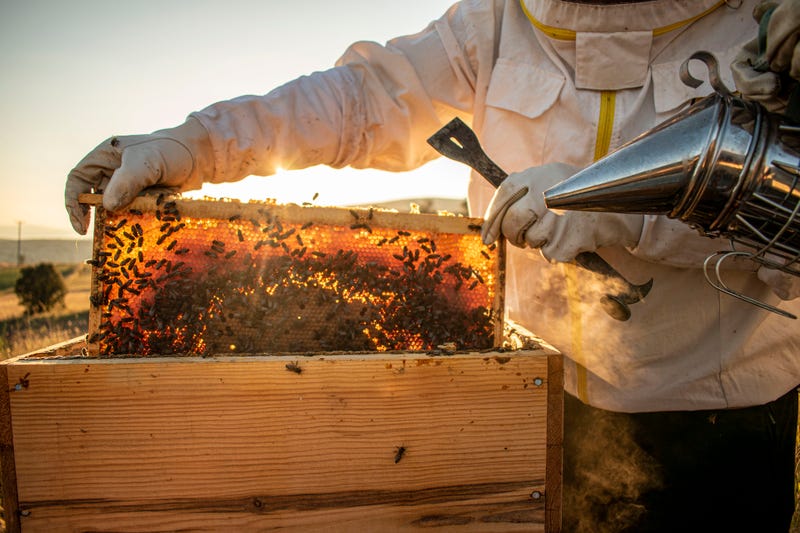
Some US beekeepers say they're seeing deaths of bees in big numbers over the last eight months. We wanted to see what the situation is in our region.
Emily Althoff is Assistant Extension Professor and State Extension Specialist of Urban Entomology at the University of Missouri.

Althoff says the Department of Agriculture is conducting surveys with beekeeping organizations to see what the potential factors are for the decline in the bee population. She says the “4Ps” which are poor nutrition, pests, pathogens, and pesticides cause less honeybees.
“We’re also seeing impacts on our native bee populations if the insects don't have access to a variety of different flowers or pollination sources or nectar sources, then they won't have access to food and that will affect the insects across the board, not just the honeybees” says Althoff.
“Over 70% of the world's cropping systems rely upon pollination, and what that means is kind of the honeybees moving from one flower to the next and pollinating the crop itself. And that allows us to have our fruits and vegetables throughout the year” says Althoff. The impact of fewer honeybees can affect the agricultural system. Althoff says we’re not seeing an impact now but if it reaches a critical threshold, our agricultural system can be impacted.
She points out, the best ways to protect our honeybee population is to plant a floral habitat of multiple species that bloom all year long and to plant native plants. Don’t spray flowering plants with pesticide and follow the label instructions to ensure bees aren’t exposed to chemicals while pollinating plants, says Althoff.
